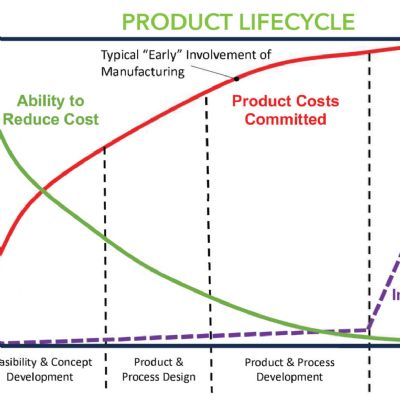Do You Want Your Business to Continue?
January 1, 2009Comments
Most successful business owners have two loves in their life: their family and their business. With rare exceptions, it’s family first.
But what about the business? I’ve asked this question hundreds of times to the Joes of the business world: “Do you want your business to continue?”
A loud ‘Yes’ is als the answer. The longer Joe has been in business and the more success the business has enjoyed, the louder and more passionate the ‘Yes’. Yet, Joe is troubled.
What’s Joe’s problem? Simply put, he has a succession-plan problem. After my 45 years of experience, it is clear that all long-term successful business owners have basically the same succession problems. But Joe doesn’t realize it, because he thinks that his problems are unique. Let’s start by spelling out the three most common succession-plan problems Joe usually has, all of which seem to him to be unsolvable:
1) How do I sell/transfer my business to my business kid(s) without getting killed by taxes?
2) How do I treat the nonbusiness kid(s) fairly?
3) How do I sell my business to my key employee(s) when they have no money? This problem arises when Joe has no child—or other relative—to take over the business.
Let’s use a real-life example. Joe, a reader from Kansas, is the poster-boy of a successful business owner of his generation. Started from scratch. Built a successful business, Success Co., and wants to transfer it to Sam, his son. Joe married Mary right after high school. Both are 68. Joe works hard and plays hard. He’s rich, but doesn’t feel rich. In general, he’s a happy camper, but his complete package (estate/wealth-transfer plan/succession plan) is a disaster. Mary knew it and prevailed upon Joe to call me.
Joe had five types of assets:
1) Success Co., $6.5 million;
2) A residence worth $700,000;
3) Rollover IRA, $900,000;
4) Other assets, mostly real estate and liquid investments, $3.5 million; and
5) Life insurance on Joe, death benefit of $800,000.
For estate-tax purposes, if Joe died and his wife Mary predeceased him, his estate would be worth $12.4 million. (Note: Joe is no longer insurable; Mary is.) Taxes at Joe’s death, using his present wealth-transfer plan and 2011 tax rates would be about $5.5 million.
What are Joe’s goals?
1) “Want Mary and I to maintain our lifestyle for as long as we live;”
2) “Transfer Success Co. to my son Sam, paying the least amount of tax, as soon as possible, yet I want to control it for as long as I live;”
3) “Have each of my two daughters (not in the business) receive an equal amount of our estate, the same as Sam receives;” and







 Podcast
Podcast
 Webinar
Webinar